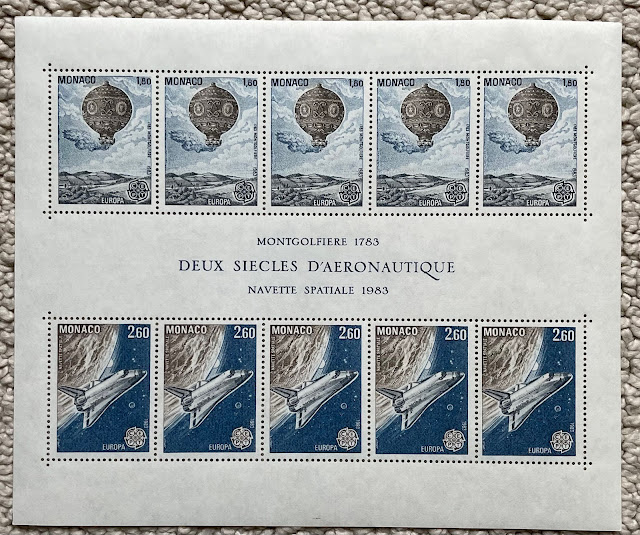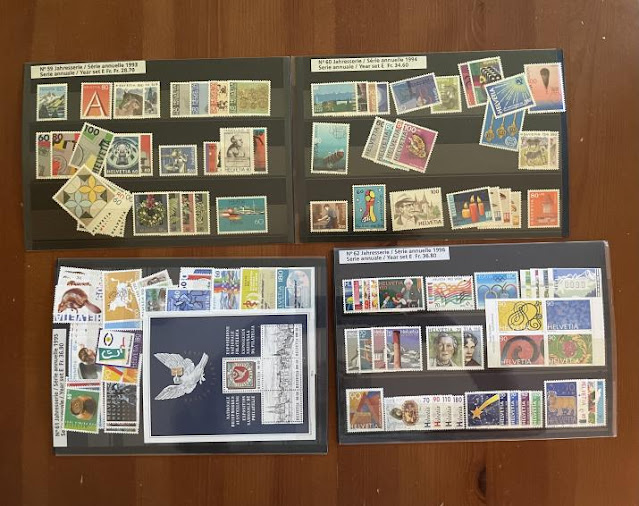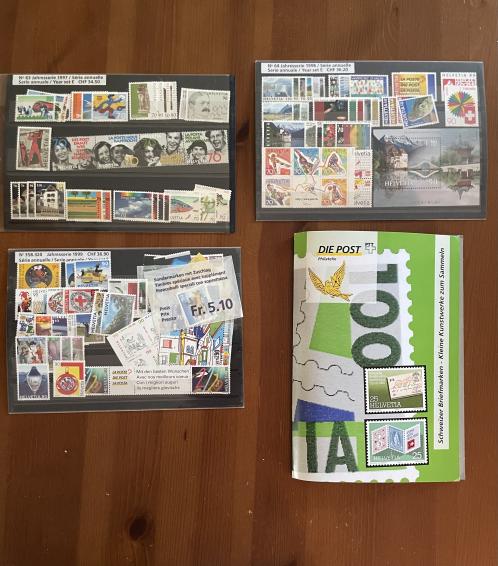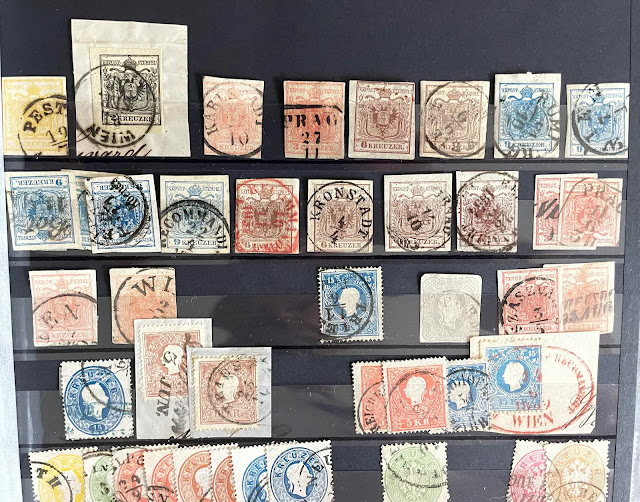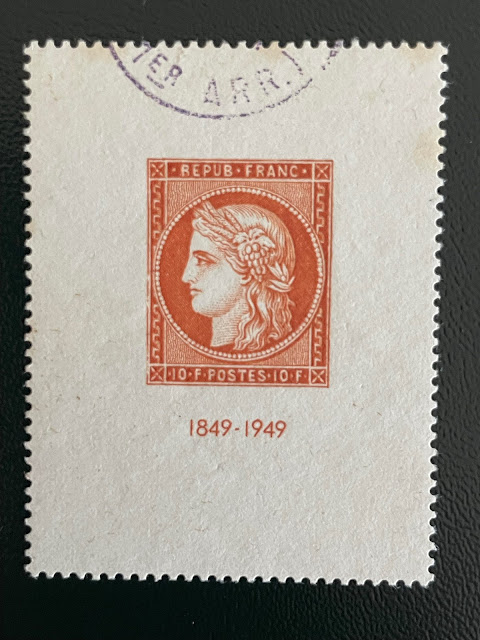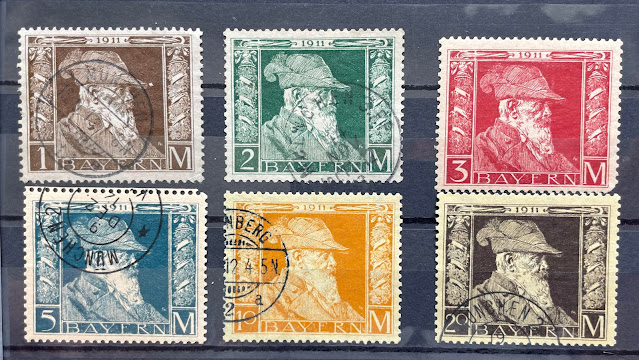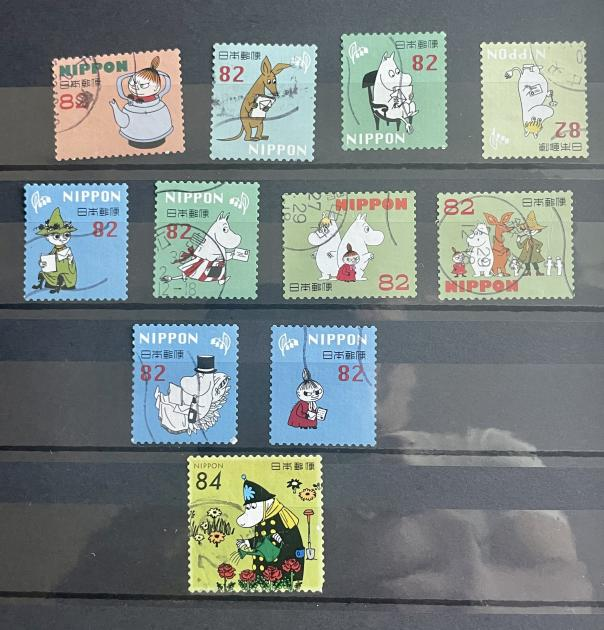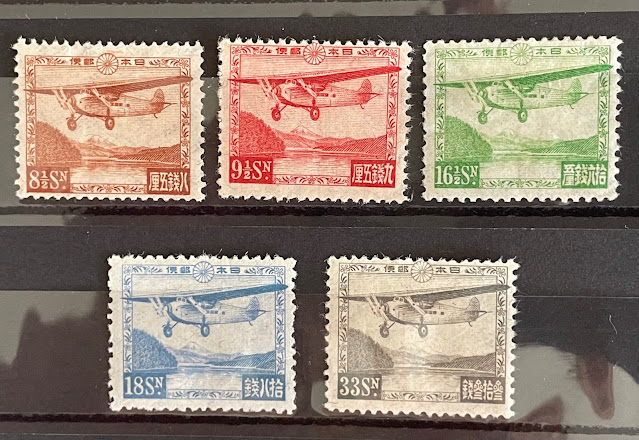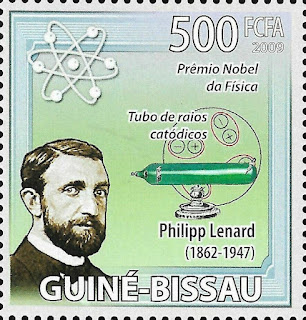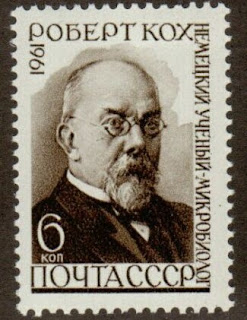This will just be a post with all the stamps that I added to my collections in October 2022
October 2nd
Switzerland 1852 Michel no 12
Michel number 12, Scott number 12 as well
Not the best margins unfortunately… Hopefully in the future I will get a cleaner specimen
Austria MNH stamps and some used sheets
Just filling in gaps in my collection :-)
Switzerland 1999 125 year UPU anniversary
This is a pretty cool design
Monaco 1983 Europa CEPT mini sheet
This sheet can go in a Monaco collection as well as in a Balloon, Space or Europa CEPT thematic collection
Switzerland Vignette from year album/yearbook 1999
October 7th
Germany 1926 airmail stamps
Michel 378/84 Scott C27/34... I always liked this set
October 25th
Netherlands 1967 Amphilex sheets
I have been eyeing these for a while now and they are finally part of my collection
On the sheets are stamps from the first 3 issues
Europa CEPT mini sheets and booklets
Just adding these to complete at least the common issues... still have ways to go
French Colonies Peace And Commerce 1877
I love these stamps from France, I loved them even more when they are imperforated like they were issued for the French Colonies
Michel catalog number 28, Scott catalog number 32
Belgian Telephone tete beche gutter pair stamps
These can't be found in the Michel or Scott catalogs
Luckily I have a buddy that has the Belgian COB catalog
Looks like catalog number TE29/TE32..
October 28th
Swiss stamps from 1989 -1999
Didn't have most of these... so this is a good percentage of stamps that I am adding to my Switzerland collection




